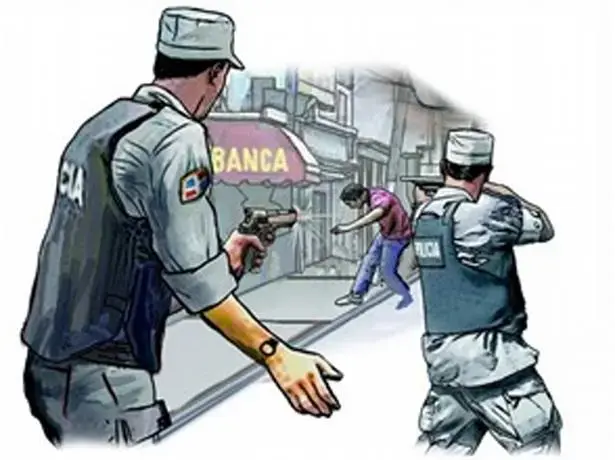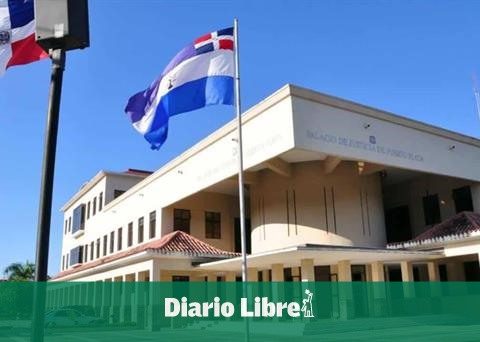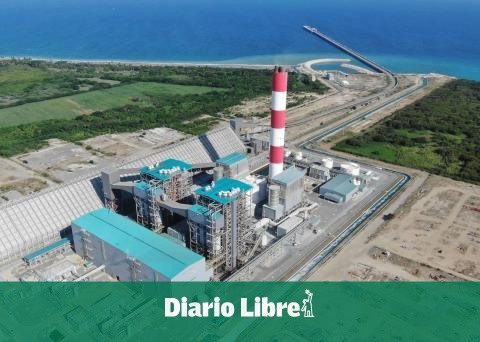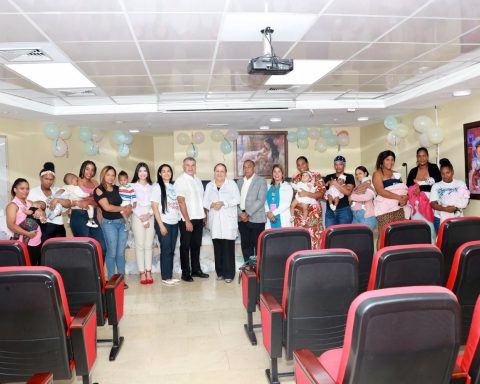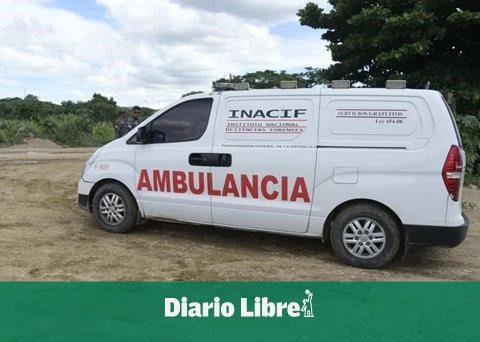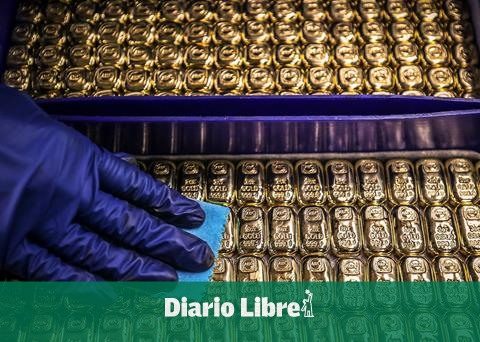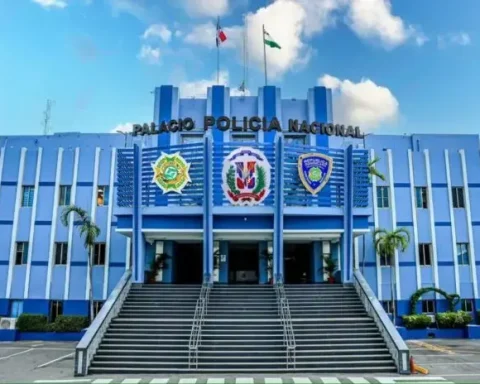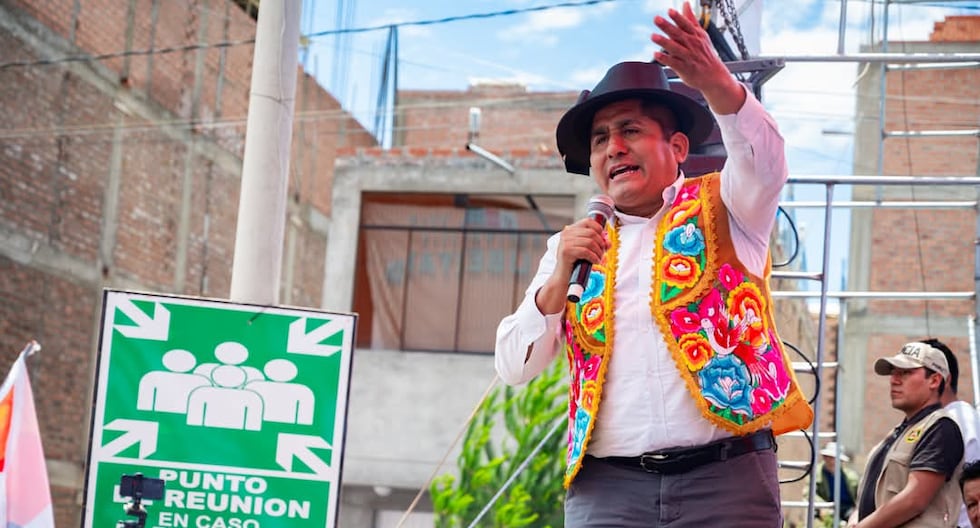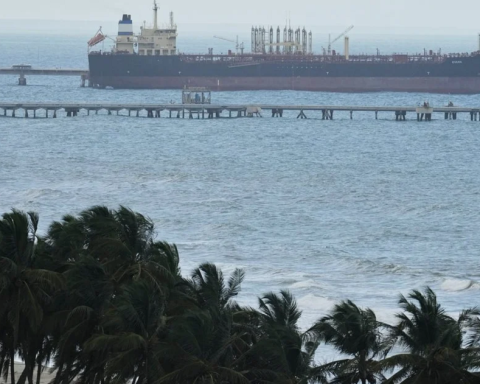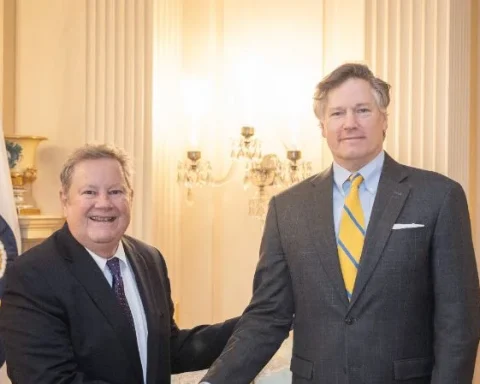SANTO DOMINGO.-In 72 hours, seven alleged criminals between the ages of 19 and 27 have lost their lives in alleged “exchanges of gunfire” with agents of the National Police, in events recorded in different provinces of the country.
The most recent case occurred last Sunday in the province of La Romana, where four young people, between 19 and 25 years old, were killed by police officers. According to the National Police statement, the group was involved in serious crimes, including two homicides.
During the operation, a fifth young man, 24 years old, was wounded by a gunshot, while an agent suffered blunt chest trauma after receiving three shots in his bulletproof vest. The confrontation, according to authorities, occurred when the police tried to stop the group. At the scene, three pistols and a revolver were seized.
The death of “La Greña”
On Saturday, December 28, Olten Guzmán, alias “La Greña”, 27 years old, was killed by police officers in La Romana. Guzmán, who had escaped from the Cucama Correction and Rehabilitation Center, was serving a 20-year sentence for multiple robberies.
According to the police report, “La Greña” had spread fear among the residents of Villa Hermosa. His death occurred in the La Sabanita sector, after a complaint from a Police sergeant, who claimed to have been assaulted and threatened by him. The institution assures that the suspect opened fire on the agents when he was discovered, which led to the confrontation.
A young man wanted in Hato Mayor
On Friday, December 27, in Sabana de la Mar, Hato Mayor province, Juan Carlos Beltré Montás, alias “Juan”, 25 years old, died, identified as the main suspect in the murder of Army second lieutenant, Gregorio Ramírez Pineda.
Beltré Montás, described as one of the most wanted criminals, died after an alleged exchange of shots with agents of the Criminal Investigation Department (DICRIM) in the Catarey sector. According to the police report, the young man was located on Eleuterio De León Street, where the confrontation that resulted in his death occurred.
We recommend you read: Judge postpones hearing of coercion against captain involved in death of second lieutenant
That same day, on Friday, Wilson Radhamés Martínez alias “Mi Mai”, 27 years old, was killed when confronting a patrol that was preparing to arrest him during an operation carried out in the La Mina del Café sector, in the Herrera sector, in the Santo Domingo Oeste municipality.
“Mi Mai” was actively wanted for multiple criminal acts, he had several arrest warrants against him, identified with the numbers 2024-TAUT-03288 and 2024-TAUT-03121.
According to the police report, agents assigned to the Criminal Investigations Subdirectorate (Dicrim) were carrying out patrol work in the area when Martínez, upon realizing their presence, tried to flee by shooting repeatedly at the agents.
Faced with this attack, the police members “repelled the attack”, which resulted in a confrontation during which Martínez suffered injuries that later caused his death while receiving medical attention.
Last October, the defender of the Dominican People, Pablo Ulloa, requested a report from the National Police regarding the deaths of civilians during exchanges of gunfire, which until that month totaled 54 in 2024.
Ulloa then considered that the data is “naturally worrying because the speed with which this information is reproduced in the media does not allow the citizens who receive it to form an adequate opinion without raising doubts, reasonable in a democratic society, about “the proportional or disproportionate use of lethal force by members of an executive agency of the State.”
Since beginning his first term in 2020, the Dominican president, Luis Abinader, announced a process for the complete “transformation” and “professionalization” of the National Police, with special attention to training and education, a reform for which the The Government sought advice from law enforcement agencies in countries such as Colombia, Spain, Chile and Israel, as well as New York (USA). That reform is underway, with the aim of transforming one of the most questioned institutions in the Dominican Republic.
